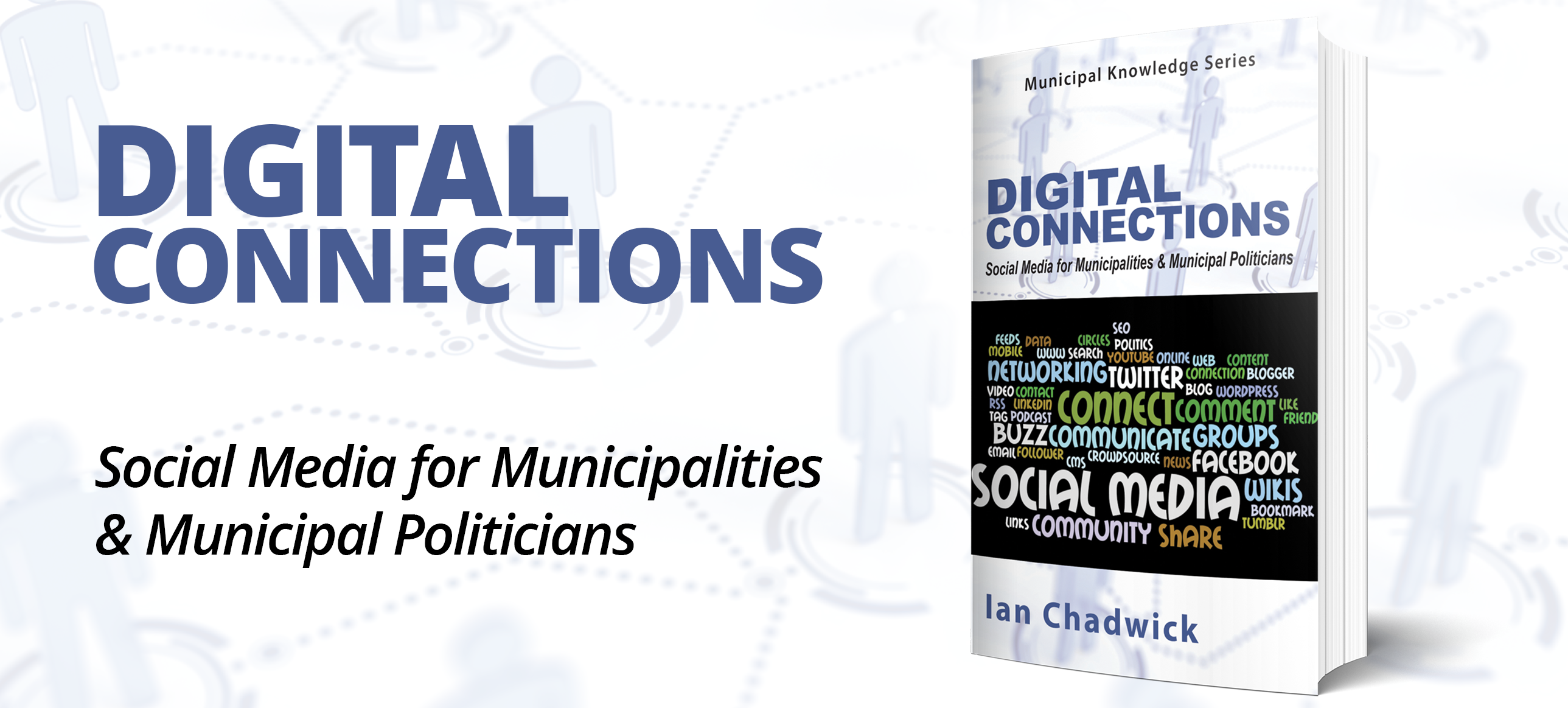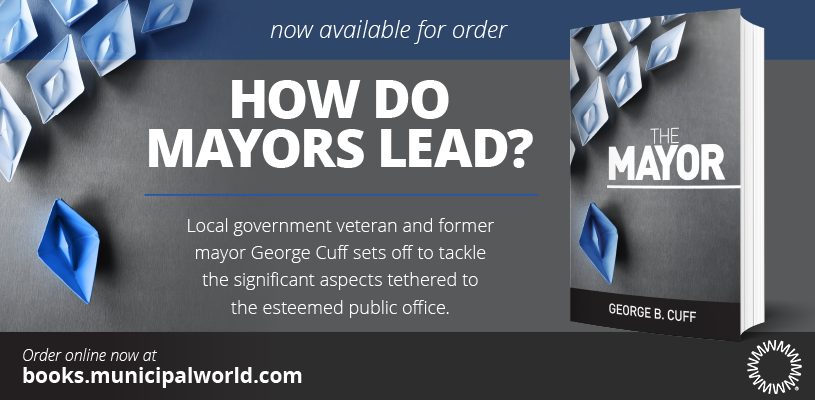Power up the people who empower your community: clear roles for council

Why do municipalities and councils exist? Who created them and why? Municipalities are created under provincial statute and are built as corporations so they can buy, sell, and contract work as a person. Their purpose is public interest. And, while to not only serve the public goods and services, but also act on the public’s interests while municipalities work toward goals that benefit the public good (e.g., parks, waste management, social services, and more) councils exist as fiduciaries of the voters and community that they serve – they are the governing bodies that are set in place to balance the interests and needs of the whole community. Councils act as the messenger between staff and voters: they tell voters what staff are doing and report voter satisfaction to staff.
Leading an education session at the 2018 Saskatchewan Urban Municipalities Association Conference in Regina, Saskatchewan, governance consultant Rob DeRooy delivered a wealth of knowledge on how municipalities can power up their councils with clear roles, proper direction, and complete control. Without these three vital tools for empowerment, it is easy for a council to get lost in the political jargon, complex reports, and execution and progression of work.
Agency Theory
The commonly used Agency Theory explains that principals and agents make up a community: both are required in order to know what is best for a municipality and how to achieve its goals. DeRooy used this theory to illustrate council’s position between both groups. “Principals” are the stakeholders (citizens) who contribute money (taxes) to the municipality and who use municipal services. “Agents” are people such as the (CAO) and other staff who meet the principals’ needs.
It is the agents’ responsibility to align goals, projects, and spending on the principals’ interests and needs; however, municipalities sometimes spend money on things that do not benefit the public good (such as time off and extra pay for staff, legal costs, desired but not necessary items, and more). A problem occurs when council does not fully understand information regarding projects, progress, finances, etc., or when they do not control what is being done to achieve community goals. Council is the mediator between principals and agents: they must effectively and efficiently relay each group’s messages to the other.
DeRooy urged councillors to balance stakeholders’ interests in their communities. “Listen to all voices – not just the loudest, not just your own,” he said. The most common issue between voters, staff, and council is that the public (either as a whole or as individuals) feel that their interests and needs are not being met. Voters want to see economic, social, and cultural development, while staff want quality labour with low costs and low resources. To effectively achieve each sides’ goals, council is required to have a strong strategy and budget in place, as well as proper communication with voters and staff.
Council Governance
Governance is the system in which municipalities are directed and controlled through an elected council. As a member of council, there is a responsibility to fully speak up for the resources, training, and materials needed to be confident the community is not only heading in the right direction, but is also under proper control.
DeRooy stressed the fact that “good direction helps council get all the information they need in a way they can understand.” So, how can council be sure they have a clear direction in which they are leading the community? Below are four steps council can look at – at any stage of a project – to ensure they are heading in the right direction:
- Create a strategic plan so you know exactly where your work is headed.
- Assess your community’s risk tolerances, identifying obstacles and opportunities you might face.
- Break down available resources and figure out who will do what (e.g., CAO, Committee, Volunteers).
- Put together a highly detailed budget so you know where your efforts are being resourced.
Once council has a clear direction for their goals and projects, DeRooy said it is vital that they remain in control of the work being done. Since council acts as the fiduciary of the community, it is their obligation to make certain the work is being done accurately, safely, on time, on budget, and that everyone is doing their part. Council can maintain control by asking the following questions with their corresponding reports:
- “Where are we now?” “Where should we be?” (This information should be reflected in annual reports, financial statements, and management narratives.)
- “How do we measure mitigated risks in comparison to acted on opportunities?” (Performance dashboards (quarterly), KPIs, and risk reports).
- “How well did the council/CAO perform?” (In this regard, annual council/CAO evaluations are essential.)
- “How are we doing in comparison to our budget spending?” (A review of interim (quarterly) financial statements will help facilitate ongoing monitoring.)
It is a best practice for council to set clear goals for its CAO at the beginning of the year, especially on what exactly is needed from them in order for council to achieve its goals. This enables a fair and accurate evaluation process for council and will improve both sides’ roles so they can better serve the public.
Ultimately, DeRooy’s message was that council and staff need to work together to ensure they are trained, confident, and equipped with everything they need in order to fully serve the municipality and make it prosper. Councillors, staff, and voters are all on the same team, working toward the same goal: a better community that meets the needs of everyone – culturally, socially, and economically. With a confident and empowered council, this is a very realistic outcome. MW



